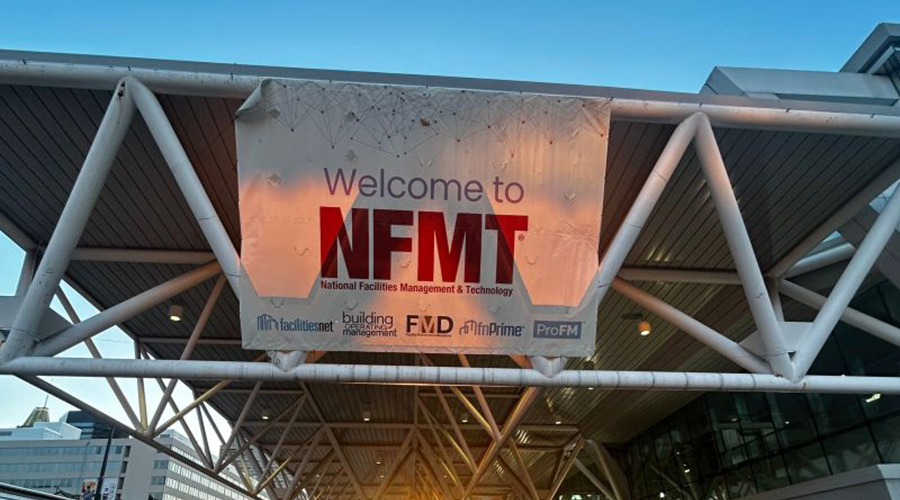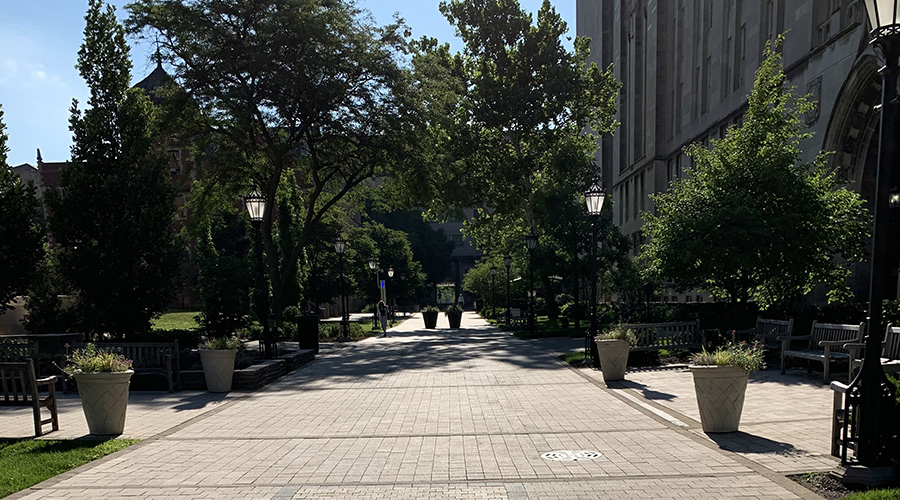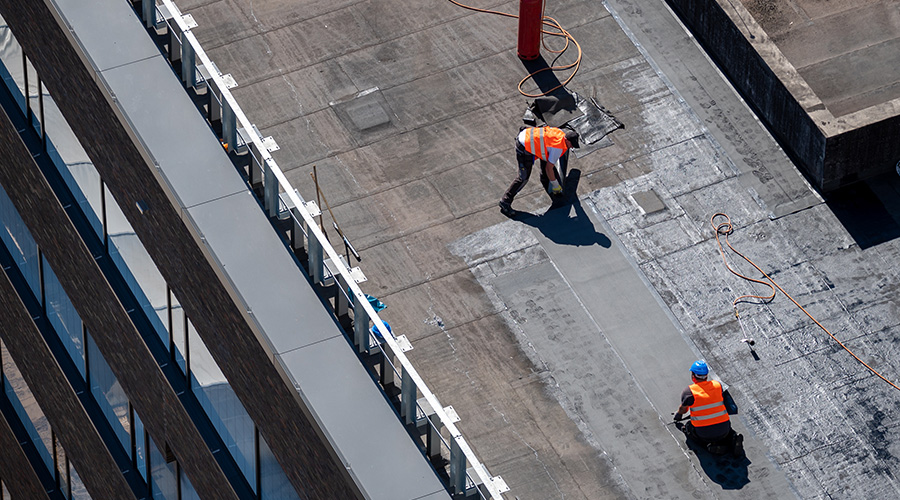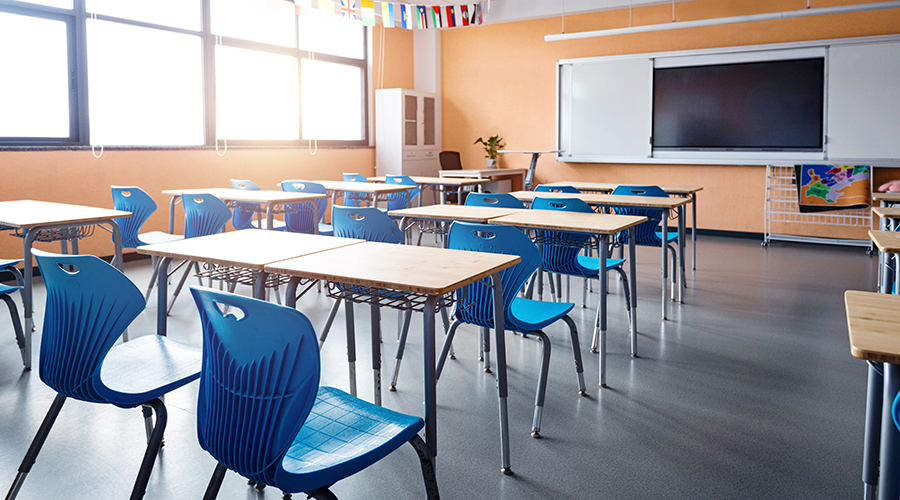
NFMT Spotlights Current Facility Challenges
AI, emergency preparedness and staff communication were a few trends discussed in Baltimore April 3, 2025
By FacilitiesNet Editorial Staff
Facility management professionals flocked to Baltimore's Inner Harbor last week to attend the NFMT conference and trade show. The annual event offers hundreds of exhibitors showcasing the latest product innovations, as well as more than 75 educational sessions covering current industry trends and challenges.
“It’s been a great experience — I'm learning a lot. There's so much information to take in,” said one attendee. “I really recommend it to everyone.”
Here are just a few takeaways from the three days of NFMT:
Communication is Critical: Facility management challenges aren't always related to the building and its systems. Many are department related and stem from a lack of communication. General Session speaker Andy Gager discussed how the bottom 10 percent of your team can cause the most problems with their poor attitude. If managers don't regularly communicate with team members — simply sending an email doesn't count — these issues can spiral out of control. Check in at least a couple times a month with your staff members to stay on top of problems and put an end to rumors that can kill team morale.
Resilience and Risks: Emergency preparedness has never been more important for facilities, the events managers must prepare for have never been more damaging and frequent, and the stakes for occupants, managers and their organizations have never been higher. Asking an outside expert to uncover vulnerabilities is a critical component of emergency preparedness. One attendee of the Emergency Preparedness Huddle said she did not believe her facilities had vulnerabilities related to emergencies until a third party performed a risk assessment, which revealed a list of issues. The risk assessment results can also be used to justify the need to secure funds to address facility upgrades.
Skeptics Abound on AI: While it's clear that artificial intelligence (AI) is impacting the facility management world, it's also obvious that not every facility manager is on board with the technology. During a huddle discussing AI, participants talked about how they are using AI for tasks such as maintenance planning and data collection to monitor the performance of critical components like chillers and boilers. But for every voice in the room who felt comfortable with AI and is excited to see how they can further utilize it in the future, there were just as many participants who have yet to dabble in the technology and wanted to learn more about it. There were also as many attendees that do not trust using AI in any capacity. The general takeaway from the group: the bigger the facility, the more they're dabbling in AI.
Changing Spaces: Where office workers do their jobs has been a debate ever since the COVID-19 pandemic sent most office workers home. Since then, employers have debated whether to keep them home full-time, bring them back on a hybrid basis, or, as we've seen this year, bring them back to the office full-time. During her education session on company culture and why it matters, facility consultant and Temple University adjunct professor Alana Dunoff explained why company culture is more important than ever. While collaborative spaces and wellness initiatives are engrained into the facility management mindset now, Dunoff added an interesting perk to keeping staff happy and content: coffee. Coffee is "a connection," she said to the audience, a perk that enables employees to avoid the stop at Starbucks for an $8 cup of Java and instead opting for an unlimited supply of office coffee. In this instance, free coffee serves as a small way for management to show its appreciation for employees.
Develop a Mission: Change is constant in facility management. But managers can't chart a course without first establishing a vision. During the Facility Influencer panel, John Rimer and Clarence Carson recommended creating a facility department mission statement that mirrors the overall organizational mission. This will provide a direction for departments to follow when implementing new systems and determining which capital projects to focus on.
Sustainable Schools: K-12 school districts who invested in sustainable initiatives as part of their capital plans are reaping the benefits. From geothermal heat to solar arrays to indoor air quality improvements, these measures are reducing energy use, saving money, and creating better learning environments for students.
Next year NFMT is headed to Charlotte for the first time. Join your peers March 10-12.
If you can't wait that long to experience NFMT, the NFMT Remix show is taking place in Orlando, Oct. 15-16. Learn more here.
Next
Read next on FacilitiesNet












